Home staging is the process of preparing a home for sale in the real estate market. The goal of home staging is to make a property more appealing to potential buyers, increasing its chances of being sold faster and at a higher price. In this article, we will discuss some of our best home staging tips and tricks that can help you sell your home faster.
Key Takeaway
Home staging is an important part of the selling process and can help attract potential buyers, increase property value, and sell your home faster. While traditionally done by professional home stagers, with their expertise and eye for detail, there are some tips and tricks that homeowners can utilize to stage their homes themselves.
Declutter and Depersonalize
The first step in home staging is decluttering and depersonalizing the space. This means removing personal items such as family photos, knick-knacks, and excessive furniture. Decluttering will not only make the space appear larger but also allows potential buyers to envision themselves living in the space.
Clean and Deodorize
A clean home is essential when trying to sell a property. A dirty or cluttered home can be a major turn-off for potential buyers. Make sure to thoroughly clean every room in the house, paying special attention to kitchens and bathrooms. Bad odors can also be a major turn-off, so make sure to deodorize your home by using air fresheners, scented candles or opening windows for ventilation.
Let Natural Light In
Natural light can make a space feel more inviting and spacious. Open all curtains and blinds to let in as much natural light as possible. If your home lacks natural light, consider using artificial lighting such as lamps and overhead lights to brighten up the space.
Neutralize Your Color Palette
When it comes to staging a home, neutral colors are key. Bold or overly personalized color schemes can be distracting for potential buyers and make it difficult for them to envision themselves living in the space. Consider repainting walls with neutral colors such as white, beige or soft grey to create a more cohesive and appealing look.
Highlight Your Home's Best Features
Make sure to showcase your home's best features during the staging process. If you have a fireplace, make it the focal point of the room by arranging furniture around it. If your home has a stunning view, make sure to keep windows unobstructed and draw attention to the view.
Add Finishing Touches
Adding small finishing touches can make a big difference in the overall look of your staged home. Consider adding fresh flowers or greenery to add life and color to the space. You can also add decorative pillows, throws, and rugs to create a cozy and welcoming atmosphere.
Create a Welcoming Entrance
First impressions are crucial when it comes to selling a home. Make sure to create a welcoming entrance by keeping the front porch clean and tidy. Add some potted plants or a fresh coat of paint on the front door to make your home's exterior more inviting.
Don't Neglect the Exterior
In addition to the entrance, it's important to pay attention to the overall exterior of your home. Make sure the lawn is well-maintained, and consider adding some flowers or landscaping to enhance curb appeal. If there are any exterior repairs that need to be done, make sure to take care of them before putting your home on the market.
Use Furniture Arrangement to Create Flow
Proper furniture arrangement can make a big difference in the overall flow of your home. Arrange furniture in a way that creates a natural flow and allows potential buyers to easily move from one room to another. Make sure there is enough space for people to walk through without feeling cramped or crowded.
Keep It Tidy
Last but not least, it's important to keep your staged home tidy and presentable at all times. This means making the beds, wiping down counters and surfaces, and putting away any clutter that may accumulate throughout the day. You never know when a potential buyer may want to come for a showing, so it's important to always be prepared.
By utilizing these home staging tips and tricks, you can make your home more attractive to potential buyers and increase its chances of being sold faster. Remember, first impressions are crucial, so make sure to create a warm and inviting atmosphere that will make potential buyers feel right at home. With proper staging, you can help your home stand out in the competitive real estate market and get it sold for the best possible price. So why wait? Start today and get ready to make a great first impression!






